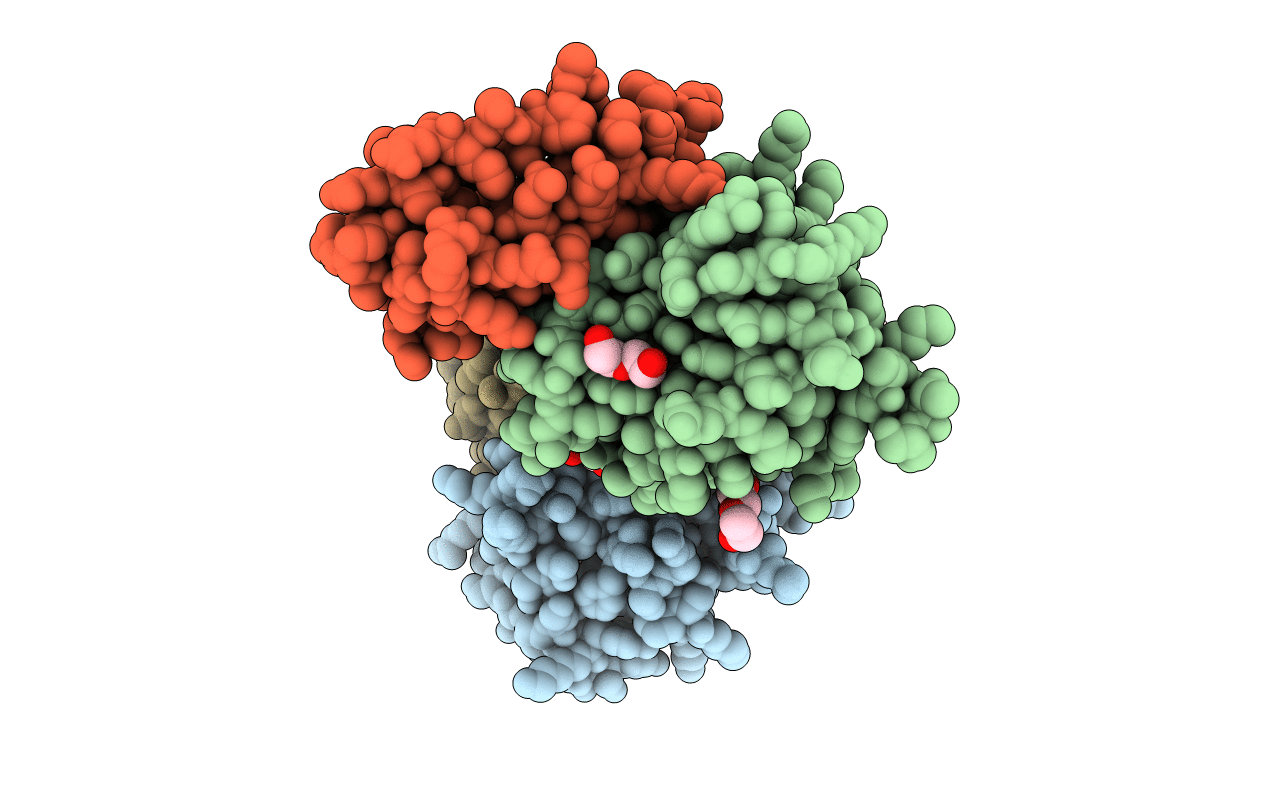
Deposition Date
2011-03-14
Release Date
2011-06-22
Last Version Date
2023-09-13
Entry Detail
PDB ID:
3R2D
Keywords:
Title:
Crystal Structure of Antitermination Factors NusB and NusE in complex with dsRNA
Biological Source:
Source Organism:
Aquifex aeolicus (Taxon ID: 63363)
Host Organism:
Method Details:
Experimental Method:
Resolution:
2.20 Å
R-Value Free:
0.23
R-Value Work:
0.20
R-Value Observed:
0.20
Space Group:
P 21 21 21


